ESG / CSR
Industries
Why is Eating Meat bad for the Environment?



These days, eating meat is commonly conflated with being bad for the environment. Although there are pros and cons to eating meat, it is not always clear why this is the case. In this article, we will explain why eating meat is bad for the environment and what can be done to counteract these impacts.
How does eating meat contribute to global warming?
Eating meat contributes to global warming through the raising and processing of the animals we eat. Of course, the act of eating meat itself does not cause the planet to warm up. Instead, eating meat influences climate change through nearly every step of the meat industry’s process before your burger ends up on your plate.
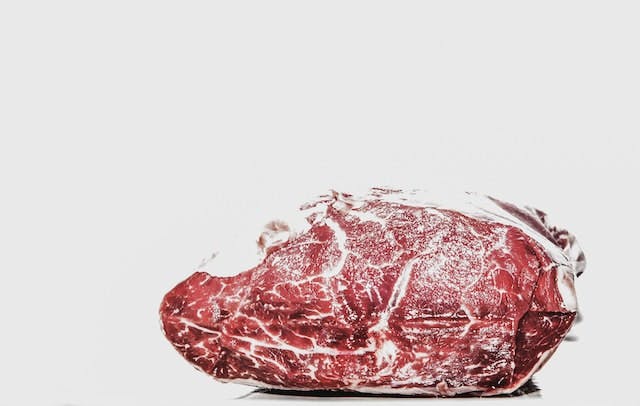
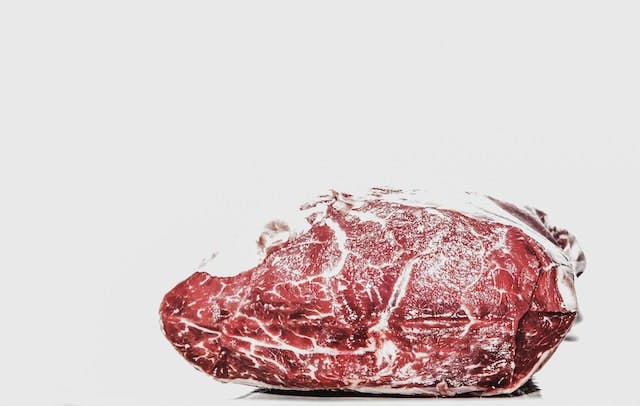
CAFOs
While they may be referred to as farms, CAFOs are anything but. CAFO animals typically do not have much access to an area with vegetation, if at all. Instead, they spend most of their time confined in boxes or stalls. These small spaces often exist in huge, windowless buildings where the animals never see the light of day.
CAFOs have a really bad track record when it comes to pollutants.
The waste of even the smallest CAFOs equal the urine and feces that about 16,000 humans would produce.
Greenhouse gas emissions and cattle
Among global industries, agriculture is known as the fourth biggest emitter of greenhouse gases. This places it behind energy, transport, and manufacturing. A significant chunk of the gases that agriculture is responsible for comes from the digestive systems of cattle, usually in the form of burps.
These gases include methane, ammonia, and hydrogen sulfide. Methane is a particularly powerful greenhouse gas. Continuing to produce cattle at the rate we currently do will have negative impacts on our climate by contributing significantly to global warming.
Grass vs grain fed cows
Historically, a cow diet consisted of a variety of grasses, grazed on open land.
In much of the world, cattle are still raised this way. But in the U.S., or “the land of the CAFO”, cows are fed almost exclusively corn and wheat once they reach six to nine months of age until they are slaughtered between ages 14 and 18 months.
These days, it is pretty likely that a burger or steak you may eat was harvested from an animal that was fed antibiotics during its lifetime.
Since eating a corn-heavy diet is detrimental to a cow’s liver, feeding an antibiotic like tysolin to cattle is deemed necessary in CAFOs. For example, it is not uncommon for cows raised in CAFOs to form liver abscesses.
These abnormalities usually aren’t lethal to the animals, but they can limit body growth and complicate the slaughtering process. But, tysolin has been proven to cut liver abscess occurrence in half in the cattle industry.
Of course, the antibiotics fed to cows can end up in both our human bodies and in animal bodies in nature. When in human bodies, antibiotics from these sources can limit the effectiveness of a prescribed antibiotic a person may take for health reasons. And in animal bodies, these antibiotics can throw off bacterial balances important to digestion.
Alternatives and solutions to meat farming
Grass-fed beef
👉 Eating meat doesn’t have to be bad for the environment – a lot of it depends on how the meat was sourced.
Grass-fed beef, or beef from cows that spend their whole lives grazing pasture, is a sustainable meat to eat. In fact, ruminants like cows can be important parts of thriving, healthy ecosystems.
Bison, elk, and moose spread nutrients across the American West by eating grass and defecating, helping to fertilize plants as they go.
Unlike the American East, where deer no longer have natural predators, the West has ruminants that are population controlled by wolves and coyotes. These animals limit the chance for overgrazing. All these factors work together to make balanced ecosystems.
Farmers can find creative ways to sustainably raise cattle. For example, in Michael Pollan’s book “The Omnivore’s Dilemma”, the author details a farm in Virginia that is a functioning micro-ecosystem within its borders.
The farmer divided his land up into parcels so that cows spend a day or two eating grass in an area before moving on to the next parcel. This lets the grass regrow over a few weeks before the cows return. The farmer also has chickens come along the day after the cows feed, eating the bugs in the cow manure.
The chickens help spread the nutrients from the manure across the grass, fertilizing it for when the cows come back to feed.
Overall, grass-fed beef is good for:
- Diversity of soil microbes.
- Resiliency of land against flooding and drought.
- Minimizing the greenhouse effect through healthier and more plentiful grasses that trap carbon dioxide.
- Nutrient content in beef.
- Wellbeing of the cows themselves.
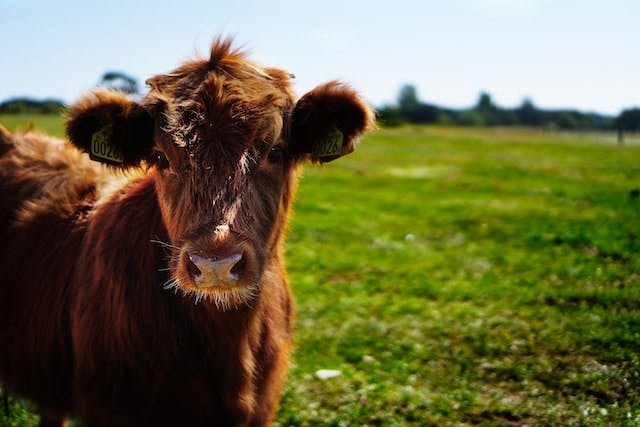
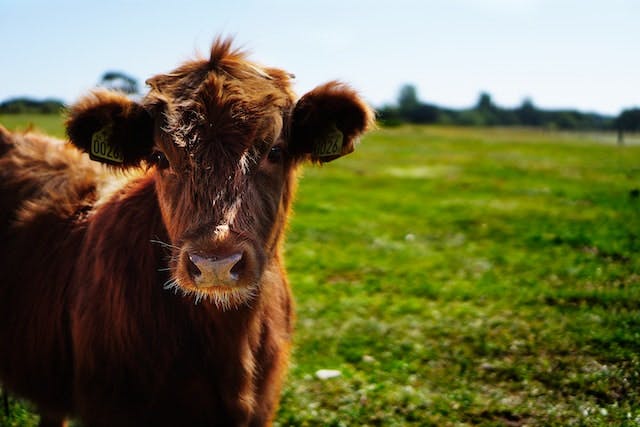
Regulations on CAFOs
There have been some regulations implemented by the U.S. government from agencies like the Food and Drug Administration.
So far, they have banned the use of certain antibiotics in cattle rearing that make cattle grow at a faster clip. But, they have yet to ban or set a limit on antibiotics used to keep cows healthy, nor on growth hormones.
⚠️ More regulations would be helpful to limit the environmental impact of eating meat.
One regulation the government could put in place would be to put a cap on the amount of corn you can feed cows to encourage the use of seaweed as a food source. There are multiple ongoing studies looking at the impacts of seaweed on the reduction of methane production from cows – up to a 20% decrease in some cases.
Of course, the lowest total environmental impact would be for farmers to use locally sourced seaweed. If seaweed is purchased thousands of miles away from farms, shipping the product could offset the benefits of lowered methane emissions from the change in cattle diet.
Growth hormones
CAFOs pump their cattle with growth hormones in order to get more meat on a cow in less time than it would take otherwise. They also work to produce more milk from a cow – recombinant bovine growth hormone, or rBGH, can spike daily milk production by 50%, for example.
Unsurprisingly, these growth hormones have adverse effects for both humans and the environment. When hormones like rBGH are ingested by humans, they can increase the likelihood of common cancers ranging from prostate to lung to breast cancer. They also are attributed to raising the incidence of sexual disorders.
The same growth hormones can contaminate surface and groundwater, working as endocrine disruptors in both aquatic and terrestrial life. The hormones can create abnormalities in animals. These include unbalanced blood hormone secretion, reduced fertility in fish, feminization of males, and masculinization of females, among other effects.
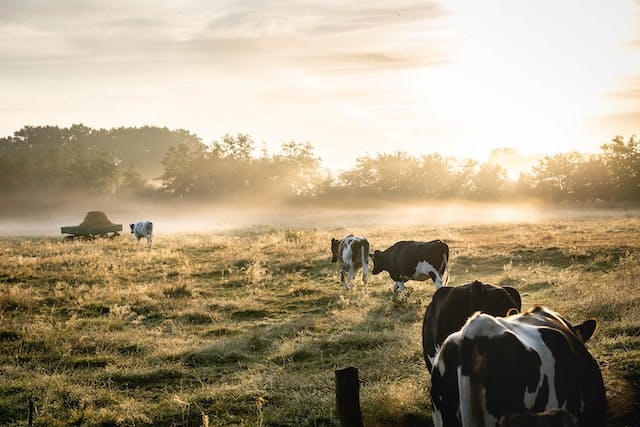
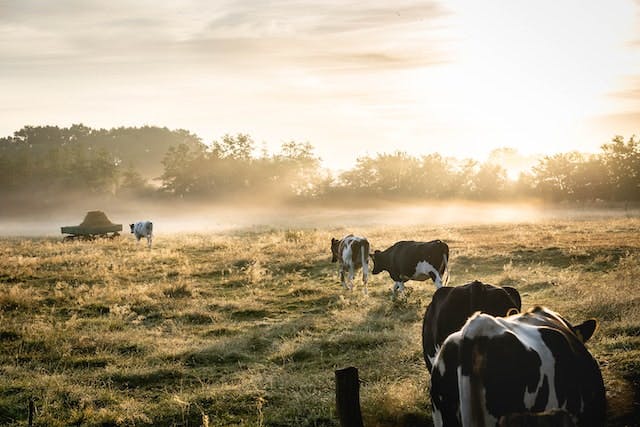
Personal practices
Overall, choosing to eat meat is still supporting a system that will continue to emit greenhouse gases and leech antibiotics and hormones into our bodies and ecosystems.
You might have heard that becoming a vegetarian is good for the environment. When people say that they are referring to the fact that limiting your meat consumption will affect the demand of meat in the economy, lowering the need for meat production.
Of course, just one person making a change will not make a significant impact. But as more people become aware of why meat is bad for the environment and choose to be vegetarian, we can have a greater effect on the meat industry’s supply.
Furthermore, meat can be expensive. On average,American vegetarians save a lot of money each year on their food budgets – up to $750.
But of course, the problem with global warming is much more to do with big business than it is any individual consumer.
The meat industry makes billions each year without a second thought for their emissions. Still, it is valuable for each of us to do what we can to make a change, whether that be going vegetarian or encouraging government regulations.
How Greenly can help global warming
Contact Greenly for free if this article spoke to you about the importance of our impact on the environment.
Greenly can help your business track and reduce your carbon emissions, as well as help your business find certified carbon offset projects worthy of investing in.


